The Quantum Insider (TQI) is the leading online resource dedicated exclusively to Quantum Computing.
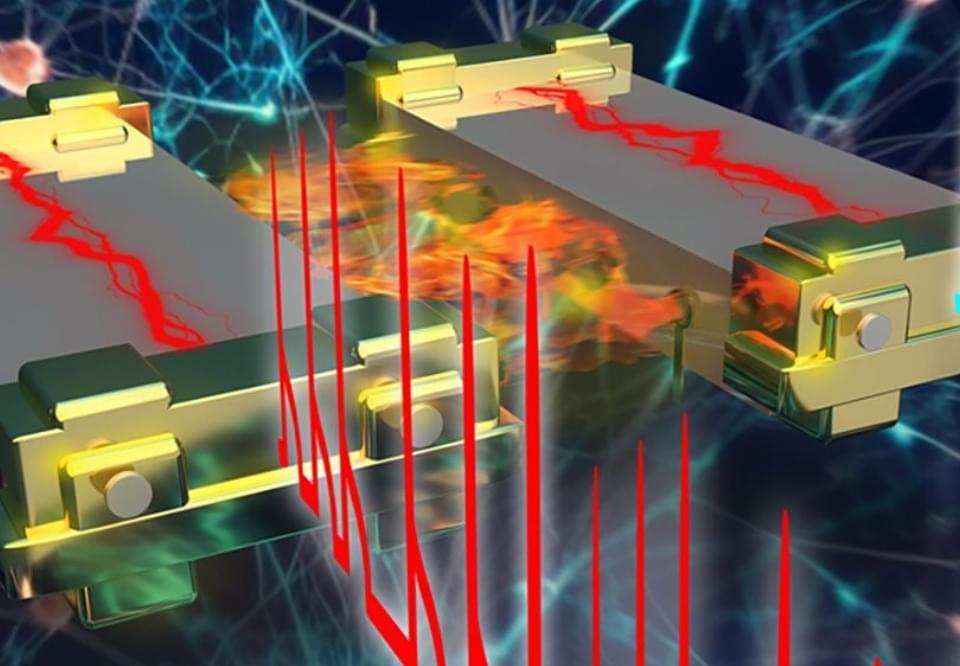


New Compounds for Organometallic Chemistry – Sandwich Complexes in the Form of Rings Are Kept Together by Their Own Energy.
Sandwich compounds are special chemical compounds used as basic building blocks in organometallic chemistry. So far, their structure has always been linear. Recently, researchers of Karlsruhe Institute of Technology (KIT) and the University of Marburg were the first to make stacked sandwich complexes form a nano-sized ring. Physical and other properties of these cyclocene structures will now be further investigated.
Evolution of Sandwich Complexes.

A study led by the University of Oxford has used the power of machine learning to overcome a key challenge affecting quantum devices. For the first time, the findings reveal a way to close the “reality gap”: the difference between predicted and observed behavior from quantum devices. The results have been published in Physical Review X.
Quantum computing could supercharge a wealth of applications, from climate modeling and financial forecasting to drug discovery and artificial intelligence. But this will require effective ways to scale and combine individual quantum devices (also called qubits). A major barrier against this is inherent variability, where even apparently identical units exhibit different behaviors.
Functional variability is presumed to be caused by nanoscale imperfections in the materials from which quantum devices are made. Since there is no way to measure these directly, this internal disorder cannot be captured in simulations, leading to the gap in predicted and observed outcomes.
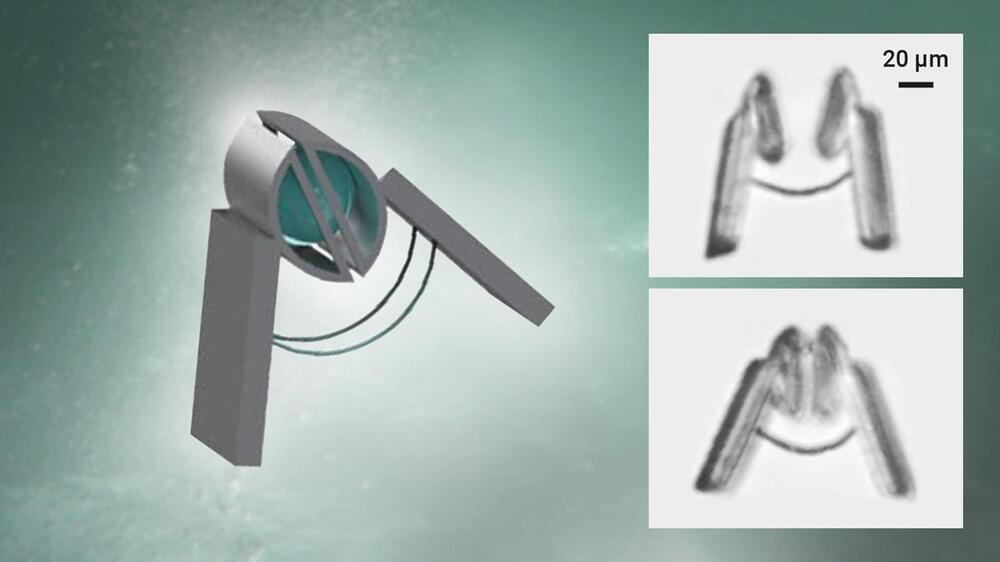
The integration of mechanical memory in the form of springs has for hundreds of years proven to be a key enabling technology for mechanical devices (such as clocks), achieving advanced functionality through complex autonomous movements. Currently, the integration of springs in silicon-based microtechnology has opened the world of planar mass-producible mechatronic devices from which we all benefit, via air-bag sensors for example.
For a new generation of minimally and even non-invasive biomedical applications however, mobile devices that can safely interact mechanically with cells must be achieved at much smaller scales (10 microns) and with much softer forces (pico Newton scale, i.e., lifting weights less than one millionth of a mg) and in customized three-dimensional shapes.
Researchers at the Chemnitz University of Technology, the Shenzhen Institute of Advanced Technology of the Chinese Academy of Sciences and the Leibniz IFW Dresden, in a recent publication in Nature Nanotechnology, have demonstrated that controllable springs can be integrated at arbitrary chosen locations within soft three-dimensional structures using confocal photolithographic manufacturing (with nanoscale precision) of a novel magnetically active material in the form of a photoresist impregnated with customizable densities of magnetic nanoparticles.
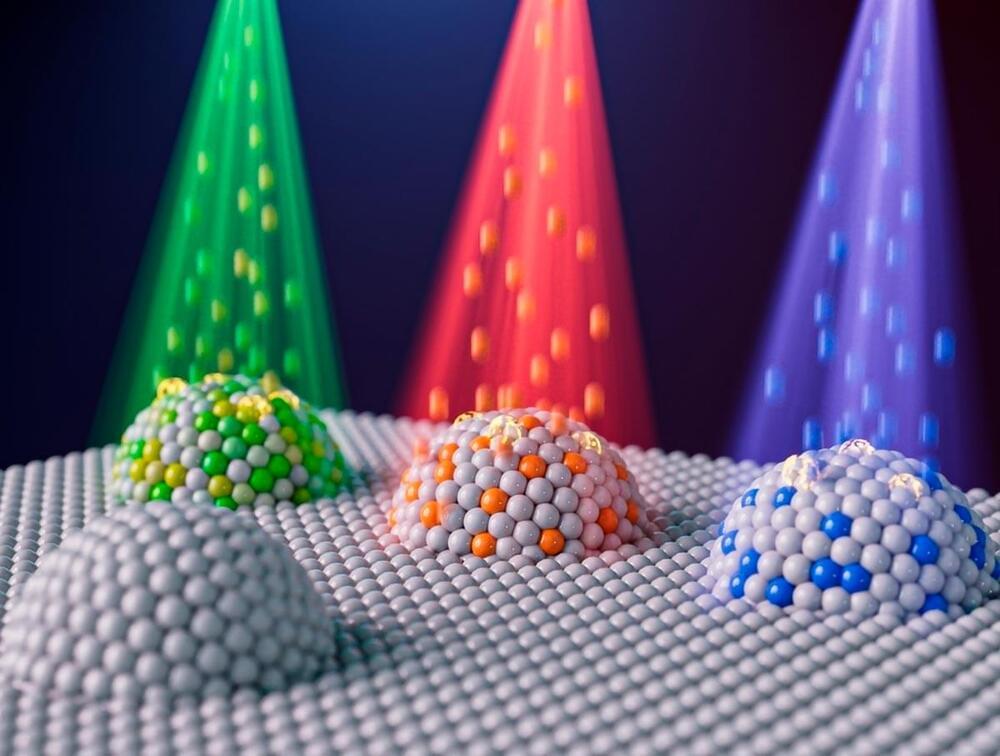
The work demonstrates control over key properties leading to better performance.
MIT researchers and colleagues have demonstrated a way to precisely control the size, composition, and other properties of nanoparticles key to the reactions involved in a variety of clean energy and environmental technologies. They did so by leveraging ion irradiation, a technique in which beams of charged particles bombard a material.
They went on to show that nanoparticles created this way have superior performance over their conventionally made counterparts.
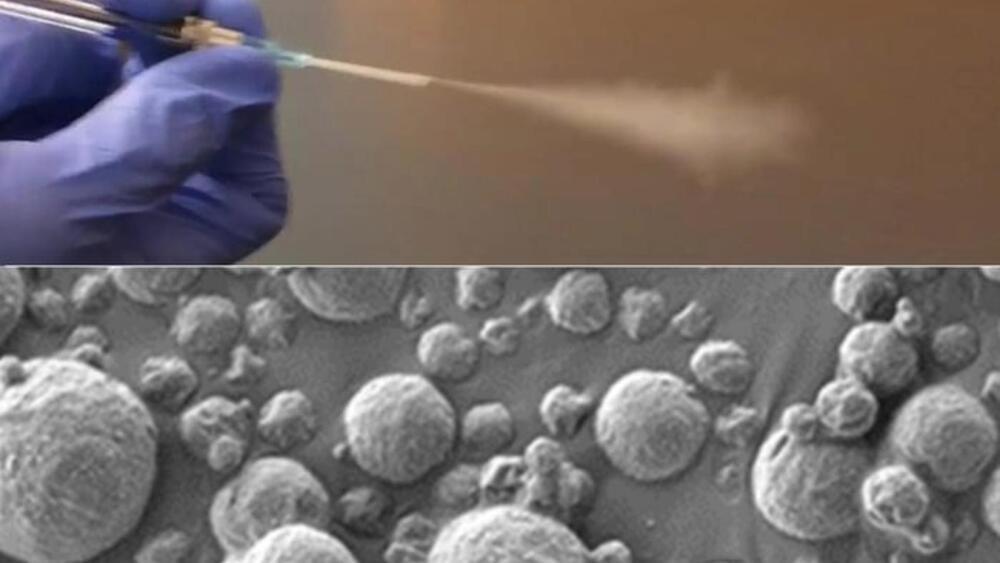
The technique of inhaling nanoparticle sensors followed by a urine test may offer the potential for faster and early detection of lung cancer.
Scientists from the Massachusetts Institute of Technology (MIT) have introduced this cutting-edge medical technology, presenting a simplified approach to diagnosing lung cancer.
Additionally, this innovation holds particular promise for low-and middle-income countries where the accessibility of computed tomography (CT) scanners is limited.

It is well-reported that solution-processed nanosheets tend to restack during deposition57. We determined the degree and nature of this restacking by measuring the nanosheet length and thickness in the ink (lNS, tNS) using AFM, as well as the aggregated nanosheet dimensions in the network (lNet, tNet) post-deposition. The restacked nanosheet length and thickness were measured from network cross-sections using the Ridge Detection plugin in FIJI50,58 (Fig. 2e, inset, and Supplementary Note 9). We define the aggregation factors in nanosheet length, χl, and thickness, χt, as \({\chi }_{{{{{\rm{l}}}}}}={l}_{{{{{\rm{Net}}}}}}/{l}_{{{{{\rm{NS}}}}}}\) and \({\chi }_{{{{{\rm{t}}}}}}={t}_{{{{{\rm{Net}}}}}}/{t}_{{{{{\rm{NS}}}}}}\) respectively. Values of χl ≈ 1.5 and χt ≈ 5.6 were found for the printed LPE graphene network in Fig. 2e. This is in agreement with a value of χt ≈ 5 reported for vacuum filtered WS2 networks59, and suggests that nanosheets primarily aggregate through vertical restacking with maximised basal plane overlap.
By isolating discrete nanoplatelets and noting their orientation (Fig. 2f, inset, and Supplementary Note 10)60, the distribution of angles, φ, between each nanoplatelet’s normal vector and the out-of-plane (y) direction was calculated. The data in Fig. 2f was fit with a Cauchy-Lorentz distribution centred on φC ≈ −0.6˚, which suggests the nanosheets are primarily aligned in the plane of the film. The full width at half maximum (FWHM) of the distribution provides an estimate of the degree of alignment about φc in the network61. The FWHM of (29 ± 1)˚ for the spray cast network in Fig. 2f is comparable to a value of 21˚ for an inkjet-printed graphene film measured using AFM. In addition, we measured the Hermans orientation factor62, \(S=\left(3\left\langle {\cos }^{2}\varphi \right\rangle-1\right)/2\), to be 0.61 ± 0.07 for the network, which is consistent with partial in-plane alignment. A value of S = 1 would imply the nanosheets are perfectly aligned in the plane of the film, while S = 0 for randomly oriented nanosheets. This is in broad agreement with a value of S = 0.79 for a vacuum filtered Ti3C2Tx nanosheet network measured using wide-angle X-ray scattering (WAXS)32.
The physical properties of 2D networks are known to scale with nanosheet size63,64. Here, we use FIB-SEM-NT to systematically study the morphology of printed LPE graphene networks for various nanosheet lengths, lNS. Size-selected inks were produced using liquid cascade centrifugation65, characterised by AFM (Fig. 3a) and spray-coated into networks. Reconstructed 3D volumes for networks of two different nanosheet sizes in Fig. 3b show noticeable changes in network morphology as lNS is decreased from 1,087 to 298 nm. Analysis reveals a clear decrease in network porosity from 51% to 39% with decreasing lNS (Fig. 3c), with a corresponding reduction in the characteristic pore size, ζ \(=\sqrt{A}\), in Fig. 3D. The pore circularity data similarly exhibits a dependence on lNS (Fig. 3e), where networks of smaller nanosheets have more circular and compact pore cross-sections. This implies that printed networks comprised of smaller nanosheets are more densely packed, which has been linked to improved charge transfer in graphene films66. Alternatively, networks of larger nanosheets are more open and porous, facilitating enhanced electrolyte infiltration and mass transport. Taken together, the data in Fig. 3c-e suggests that changing the nanosheet size offers a simple means to tailor the network porosity for a target application. FIB-SEM-NT can be used to inform this by measuring pore sizes that span from a few nanometres to microns.
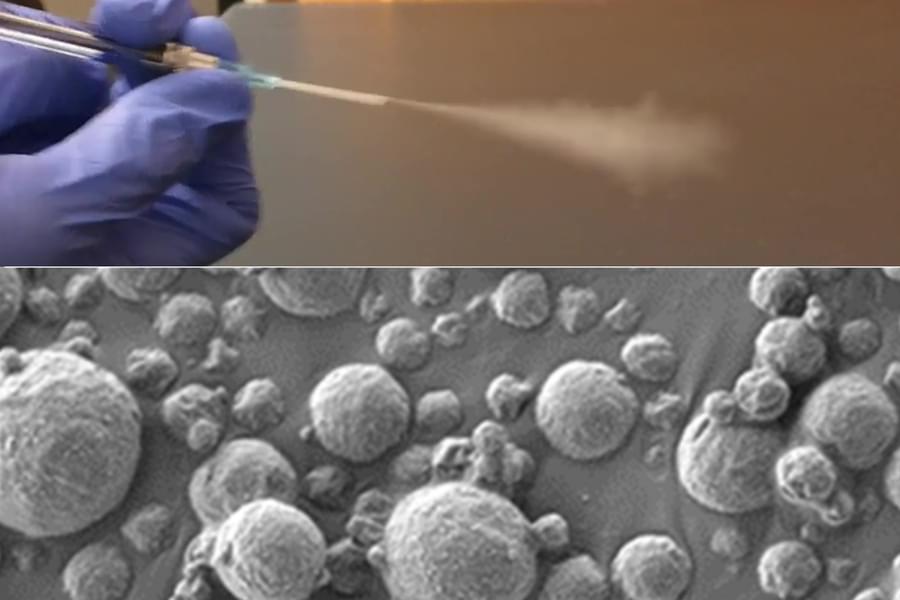
Using a new technology developed at MIT, diagnosing lung cancer could become as easy as inhaling nanoparticle sensors and then taking a urine test that reveals whether a tumor is present.
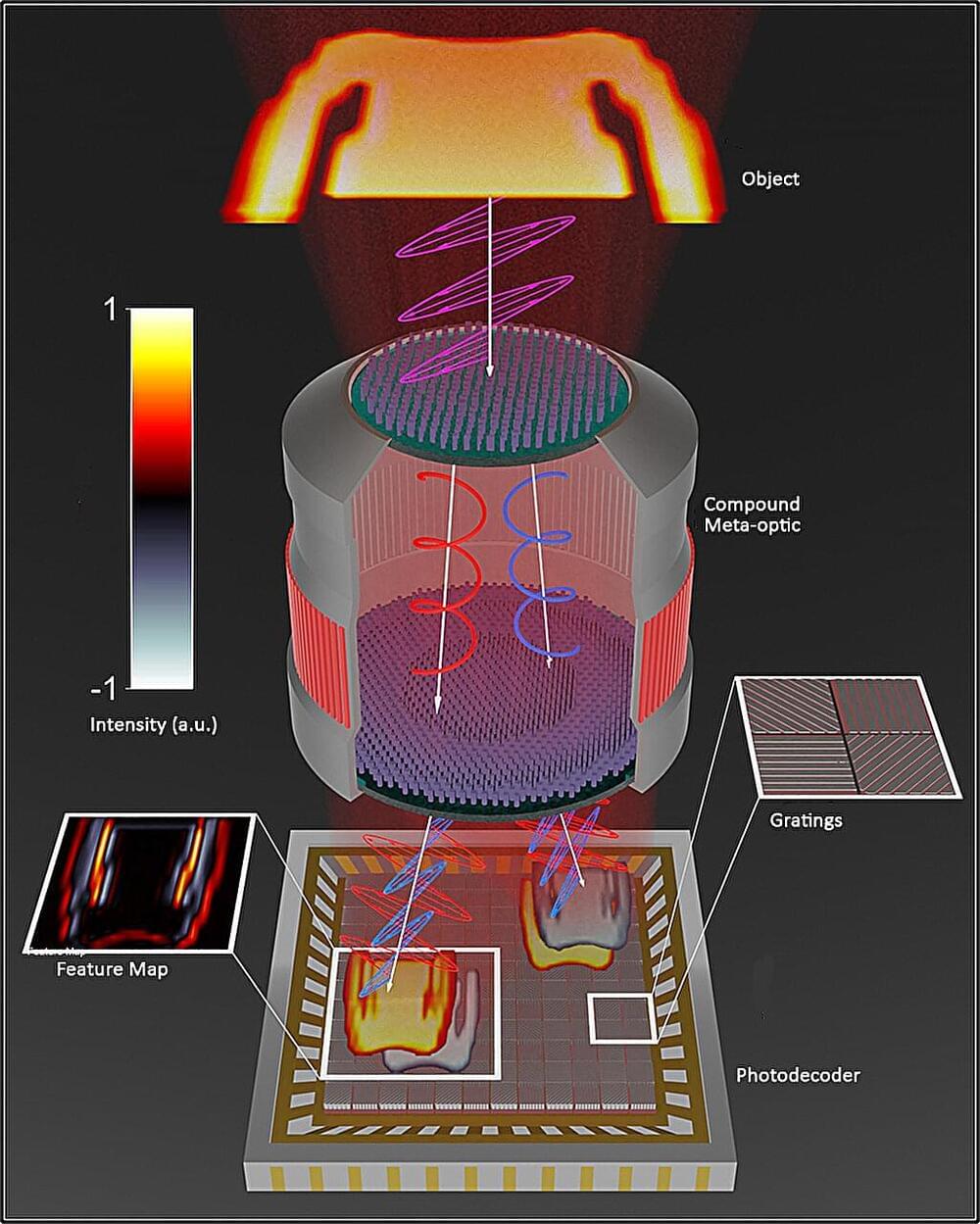
From surveillance to defense to AI/ML virtualization, and it’s more compact and energy efficient. Oh and let’s not forget the medical imaging applications. I just wonder how long until it’s put into effect.
A front-end lens, or meta-imager, created at Vanderbilt University can potentially replace traditional imaging optics in machine-vision applications, producing images at higher speed and using less power.
The nanostructuring of lens material into a meta-imager filter reduces the typically thick optical lens and enables front-end processing that encodes information more efficiently. The imagers are designed to work in concert with a digital backend to offload computationally expensive operations into high-speed and low-power optics. The images that are produced have potentially wide applications in security systems, medical applications, and government and defense industries.
Mechanical engineering professor Jason Valentine, deputy director of the Vanderbilt Institute of Nanoscale Science and Engineering, and colleagues’ proof-of-concept meta-imager is described in a paper published in Nature Nanotechnology.
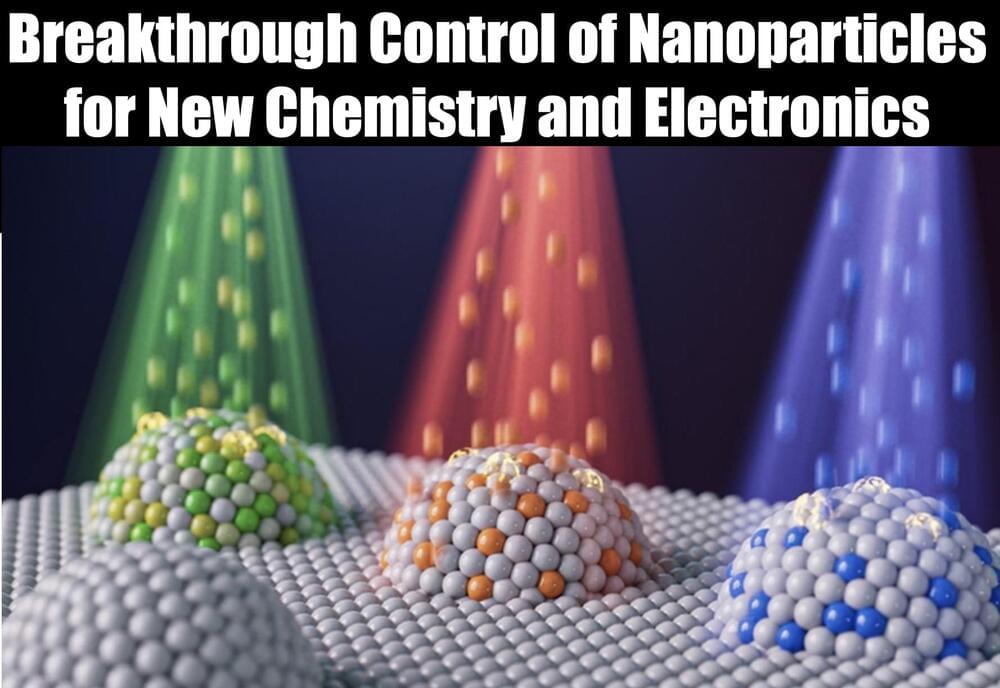
Nanoparticles seem the future of electronics, at least until the next big thing.
Nano-engineered oxides are very important for the development of next-generation catalysts and microelectronics. Recently, metal exsolution from oxides has emerged as a promising nano-structuring tool to fabricate nanoparticle-decorated oxides. However, controlling the size, density, composition, and location of exsolved nanoparticles remains a challenge, limiting the ultimate performance achievable by these nanostructures.
The following nanoparticle production control was achieved: 1. ion sputtering can controllably reduce the size of surface exsolved nanoparticles down to 2 nm, which are among the smallest values reported in the literature thus far. 2. implanted metal ions can tailor the composition of nanoparticles exsolved both at the surface and in the bulk, providing a convenient and direct way to synthesize exsolved nanoparticles with alloyed compositions. 3. irradiation-induced lattice defects can catalyze the nucleation of nanoparticles, and this enables controlling the density and location of exsolved nanoparticles at specific sample locations using ion irradiation.
MIT Researchers worked with the Brookhaven National Lab to perform this work. The work demonstrates control over key properties leading to better performance. Fuel and electrolysis cells both involve electrochemical reactions through three principal parts: two electrodes (a cathode and anode) separated by an electrolyte. The difference between the two cells is that the reactions involved run in reverse. The electrodes are coated with catalysts, or materials that make the reactions involved go faster. But a critical catalyst made of metal-oxide materials has been limited by challenges including low durability. This works has improved the critical fuel cell catalyst. Metallic nanoparticles serve as catalysts in many, many reactions, including the important reaction of splitting water to generate hydrogen for energy storage.